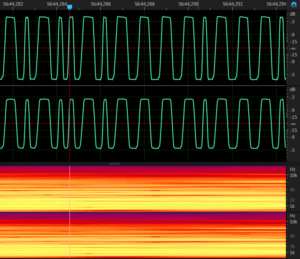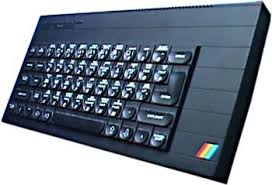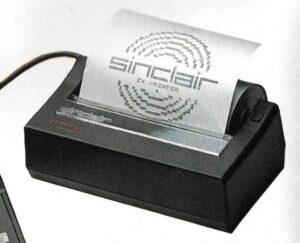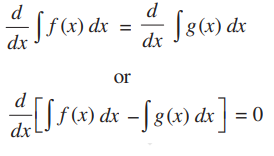How the Z-80 work
The Z80 microprocessor is an 8-bit CPU (Central Processing Unit) that was introduced by Zilog in 1976. It became one of the most popular processors of its time and was widely used in a variety of home computers, gaming consoles, and other electronic devices.

Here’s a simplified overview of how the Z80 processor works:
Fetch: The Z80 fetches an instruction from memory. The program counter (PC) holds the memory address of the next instruction to be executed.
Decode: The fetched instruction is decoded to determine the operation to be performed.
Execute: The decoded instruction is executed, carrying out the desired operation. This could involve arithmetic calculations, data manipulation, or control flow instructions.
Update PC: The program counter (PC) is updated to point to the next instruction in memory.
Repeat: Steps 1 to 4 are repeated for each instruction in the program until the program terminates or encounters a branching instruction that modifies the flow of execution.
The Z80 processor has a set of registers that are used for various purposes:
Accumulator (A): The accumulator is the primary register used for arithmetic and logical operations.
General-Purpose Registers (B, C, D, E, H, L): These registers can be used for storing data and are often involved in arithmetic and data manipulation operations.
Flags Register (F): The flags register stores status information about the results of the previous arithmetic or logical operation, such as carry, zero, sign, and parity flags.
Program Counter (PC): The program counter holds the memory address of the next instruction to be executed.
Stack Pointer (SP): The stack pointer points to the top of the stack, which is a region of memory used for storing data temporarily during subroutine calls and interrupt handling.
The Z80 also supports a variety of addressing modes, such as immediate addressing, direct addressing, indirect addressing, and indexed addressing, which provide flexibility in accessing memory and operands.
Overall, the Z80 processor follows a fetch-decode-execute cycle to read instructions from memory, perform the necessary operations, and move to the next instruction, enabling the execution of programs and the manipulation of data.





